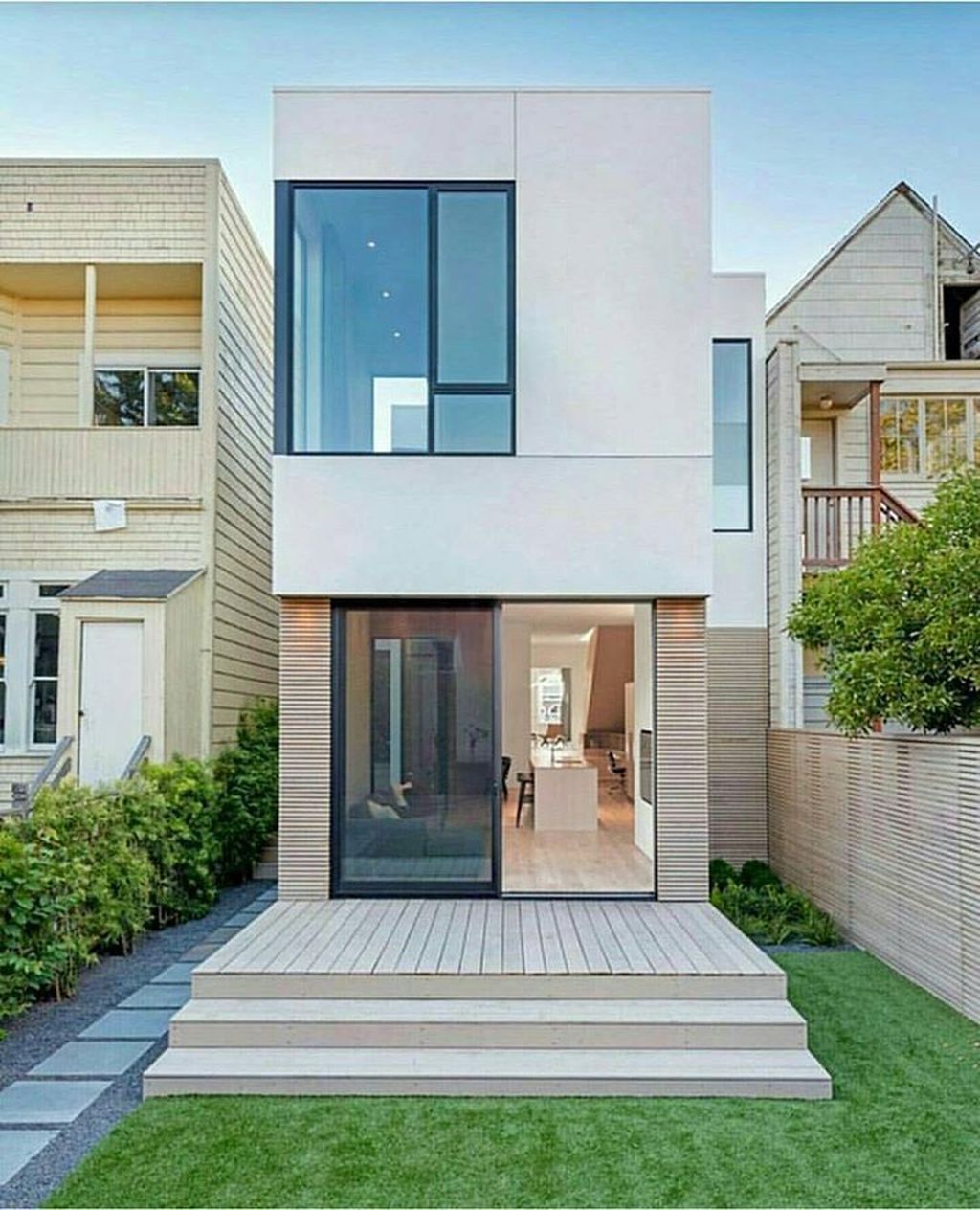
Introduction
A small house design is becoming increasingly popular as people seek more affordable and sustainable housing options. These compact homes offer a range of benefits, from reduced construction costs to lower energy consumption. In this article, we will explore the various aspects of small house design and the factors to consider when planning and constructing a small home.

The Benefits of Small House Design
There are numerous advantages to choosing a small house design. Firstly, the construction costs are significantly lower compared to larger homes. With less square footage, fewer materials and labor are required, resulting in substantial savings. Additionally, small houses have a smaller environmental footprint, consuming less energy for heating, cooling, and lighting.
Another benefit is the ability to customize a small home to suit individual needs and preferences. From clever storage solutions to multi-functional furniture, small house design encourages creativity and efficient use of space. Moreover, maintenance and cleaning are easier in smaller homes, saving both time and money.

Factors to Consider in Small House Design
When designing a small house, it is crucial to consider several factors to maximize space utilization and create a comfortable living environment. Firstly, efficient floor plans are essential. Opt for open layouts that allow for flexible use of space and promote a sense of spaciousness. Utilize vertical space by incorporating built-in storage units and tall cabinets.
Another factor to consider is natural light. Strategically placed windows and skylights can make a small space feel larger and more welcoming. Additionally, consider the orientation of the house to maximize sunlight exposure and minimize the need for artificial lighting.

Innovative Materials and Techniques in Small House Design
Small house design often incorporates innovative materials and construction techniques to optimize space and functionality. For example, modular construction allows for efficient and cost-effective construction, with components manufactured off-site and assembled on-site. This approach also enables easy customization and future expansion if desired.
Additionally, sustainable materials such as bamboo, reclaimed wood, and recycled materials are commonly used in small house design. These materials not only contribute to a greener lifestyle but also add a unique aesthetic appeal to the home.

Tips for Living in a Small House
Living in a small house requires some adjustments and a different mindset compared to larger homes. Here are some tips to make the most of your small living space:
1. Declutter regularly to maintain a tidy and organized living environment.
2. Utilize multifunctional furniture, such as sofa beds or ottomans with storage compartments.
3. Embrace minimalist design principles and avoid excessive decorations.
4. Maximize vertical space by installing shelves and utilizing wall-mounted storage solutions.
5. Create outdoor living areas to extend your usable space.
Conclusion
Small house design offers an array of benefits, including cost-effectiveness, sustainability, and customization options. By considering factors such as efficient floor plans, natural light, and innovative materials, you can create a comfortable and functional small home. Embracing a minimalist lifestyle and implementing space-saving strategies will further enhance your living experience in a small house.